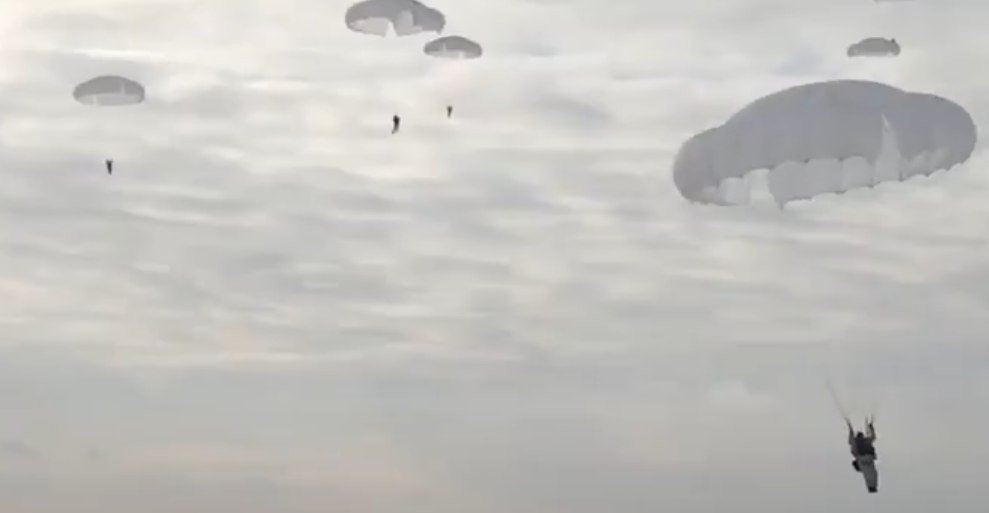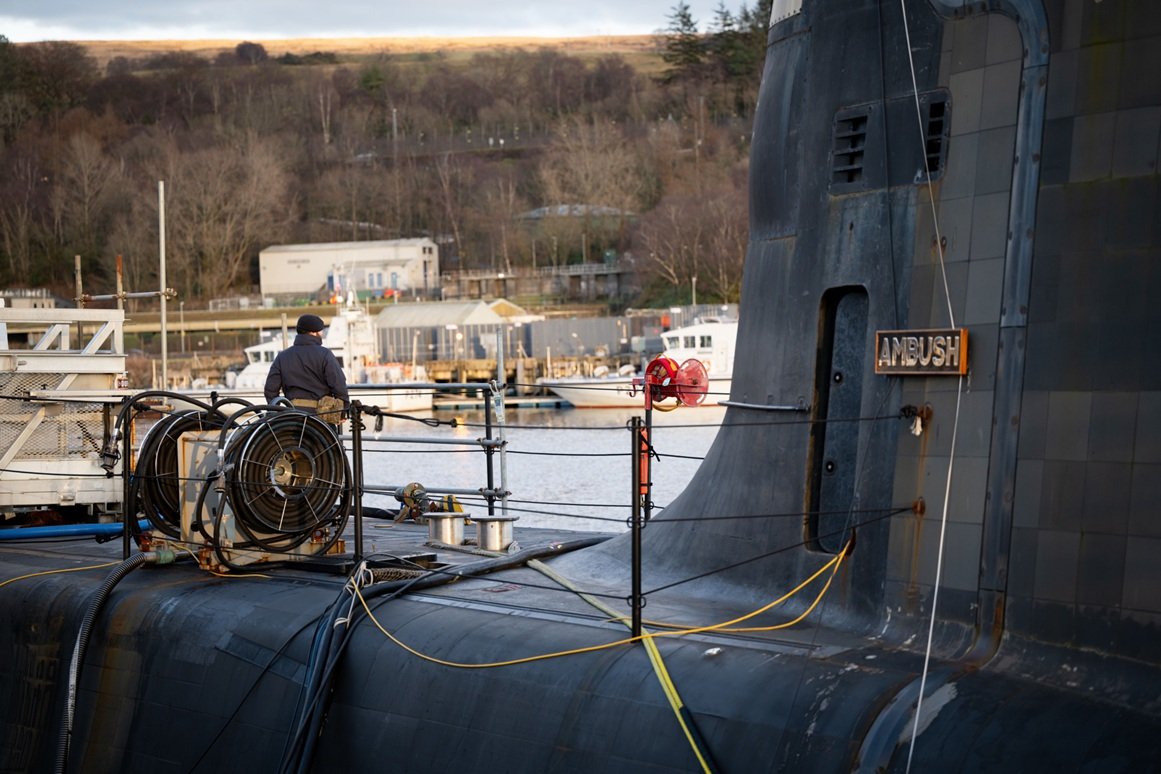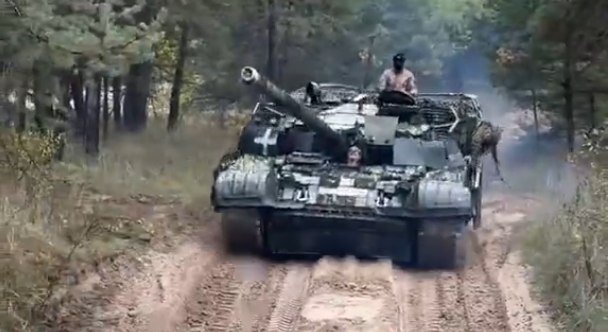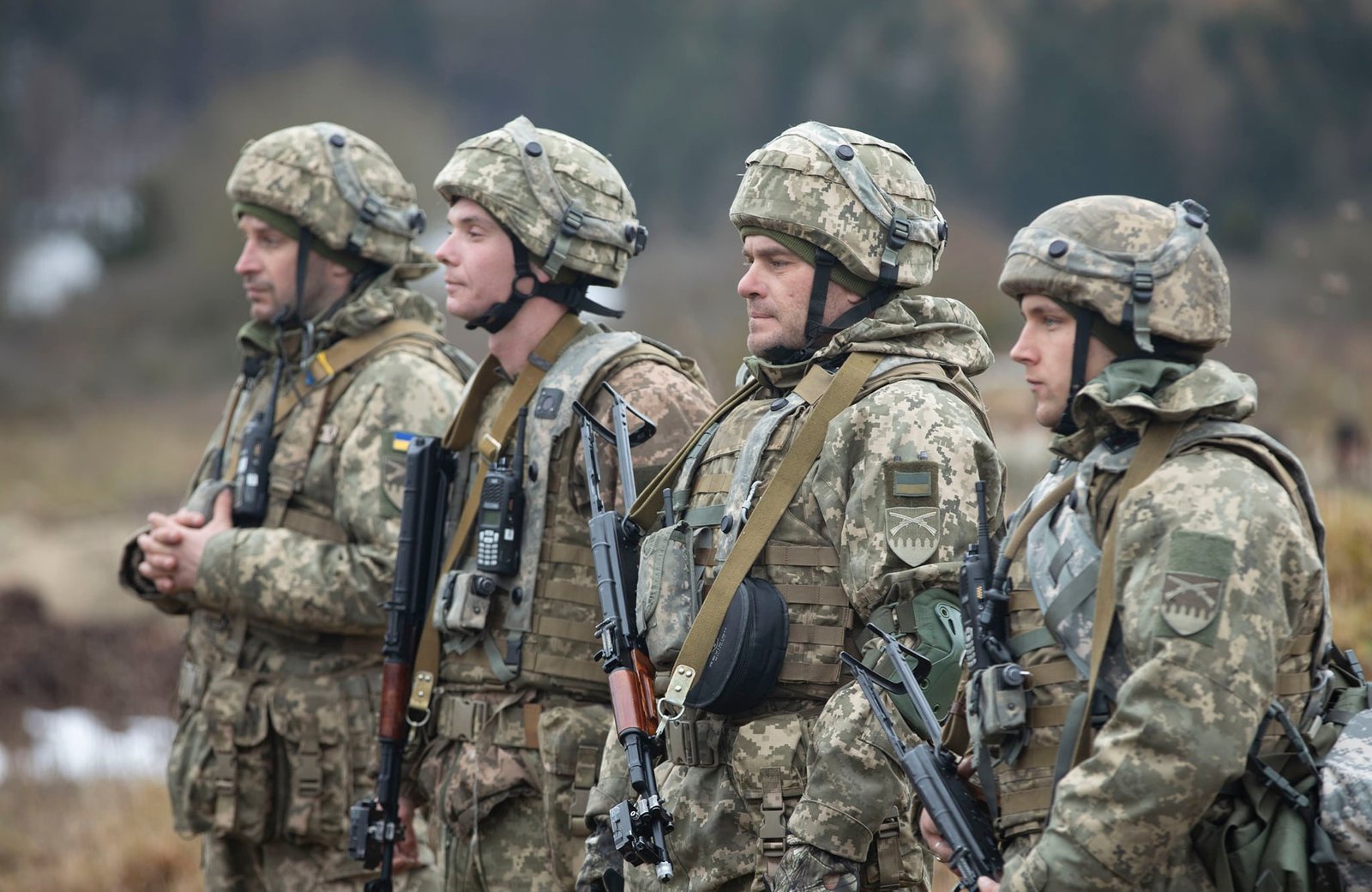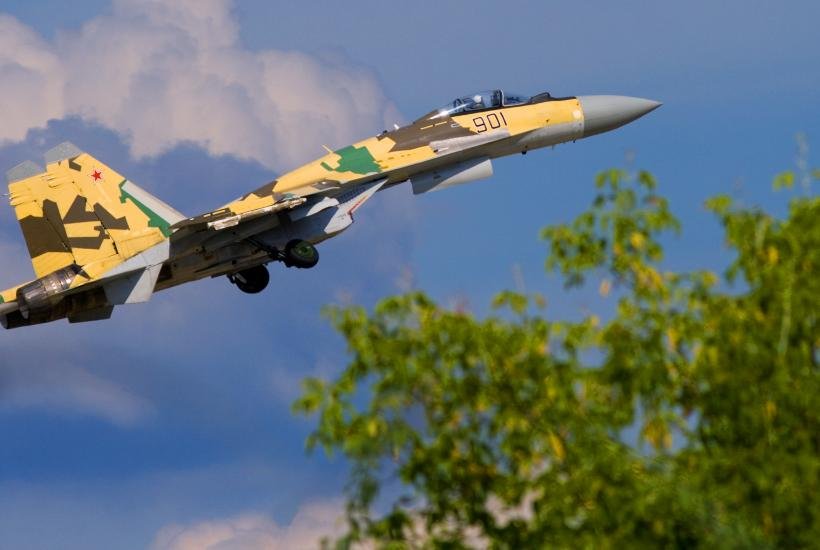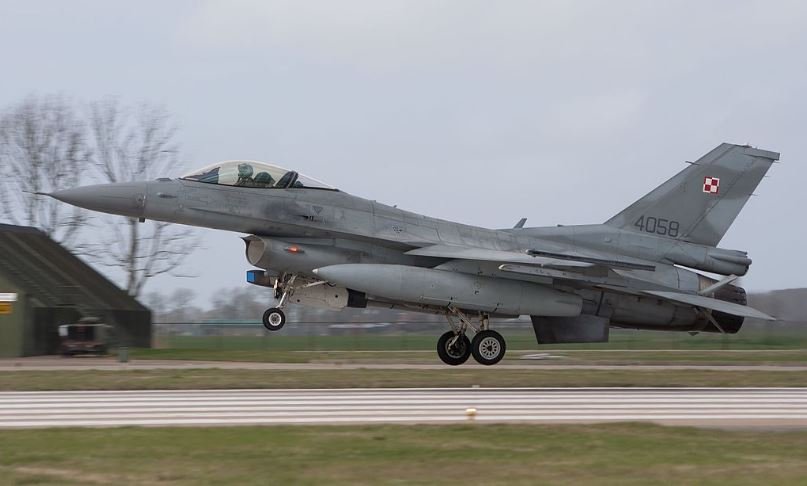
Poland is modernizing its F-16s: fighters will get a “second youth” for $3.8 billion
the modernization of the existing fleet of 48 F-16C/D fighter aircraft.
The contract follows the approval of the US administration in October 2024 and concludes negotiations during which the price climbed to $3.8 billion. However, this is less than the maximum limit of $7.3 billion previously approved by the US Congress. The modernization program is intended to extend the service life of the F-16 aircraft, significantly increase their combat value and ensure full interoperability with the most advanced allied systems.
Technical details of the modernization
The modernization package will convert the Polish F-16C/D to the F-16V Block 72 standard, which is considered the most advanced variant of this fighter. The key change will be the installation of the APG-83 AESA radar, which can simultaneously track more than twenty air targets and, thanks to the synthetic aperture (SAR), also provides detailed surface mapping. In addition, the radar is designed to withstand modern forms of electronic jamming, which will bring Polish pilots closer to the capabilities of fifth-generation aircraft.
Equally important is the strengthening of avionics and control systems. The aircraft will receive a new MMC 7000AH on-board computer, more accurate GPS/INS navigation with military encrypted M-Code signal, a modernized IFF identification system, and a JHMCS II helmet-mounted sight that will allow pilots to intuitively aim weapons by sight. The modernization will also include an updated Link 16 data connection, which will ensure fast and secure communication with other alliance aircraft.
Another essential element is the equipping of the aircraft with a new integrated electronic warfare complex AN/ALQ-257 Viper Shield. This system will provide pilots not only with warnings against enemy radars, but also with the ability to actively jam and deceive enemy sensors. The entire program does not only concern the aircraft themselves – it also includes the modernization of ground infrastructure and training simulators so that the Polish Air Force can fully utilize the new capabilities.
Armament, interoperability, and extended service life
The modernization of the F-16V will also bring a significant expansion of the weapons palette that can be used on Polish fighters. In addition to the types already in place, the integration of AGM-158 JASSM air-to-ground missiles capable of destroying highly protected targets at a distance of hundreds of kilometers is planned, as are GBU-39 SDB bombs designed for precise strikes on small targets, and in the future, their more modern version GBU-53/B. The latest short-range AIM-9X Block II air-to-air missiles will also be added to the armament, which will significantly increase maneuver combat capabilities. Interoperability also plays a crucial role. Thanks to unified data links and modern command and control systems, an interconnected unit will be created that will enable coordinated operations of ground and air forces within the alliance. The program also includes extending the service life of the machines themselves. The Polish F-16s were originally supposed to serve for about thirty years. However, the modernization will ensure that they remain fully combat-ready and competitive in the next two decades. In practice, this means not only saving money compared to purchasing new aircraft, but also strengthening the number of modern combat aircraft at a time when the security situation in Central and Eastern Europe is extremely tense.
Strategic importance
The modernization of the F-16 fleet is of fundamental strategic importance for Poland. Although the country has already ordered the most modern fifth-generation F-35A fighters, their number will not be sufficient in the coming years to cover all the needs of the air force. The F-16V thus represents a bridge between older platforms and new aircraft, while at the same time allowing for more flexible and cheaper deployment where it is not necessary to use expensive latest-generation aircraft.
Strengthening the combat value of Polish F-16s also has wider impacts on the defense of the entire NATO. Thanks to the modernized aircraft, Poland will become a more capable partner in Baltic Air Policing missions or in strengthening the air defense of the eastern wing of the alliance. Modernized aircraft with powerful sensors, advanced electronic warfare and long-range weapons can play a key role in deterring and responding to Russian threats.
Another significant fact is that the modernized F-16s will be able to operate in an air defense-saturated environment, which was previously the domain of fifth-generation aircraft. Poland will thus have the opportunity to combine quantity with quality – in addition to a relatively small number of F-35s, it will have dozens of F-16Vs, which, thanks to their lower operating costs, can be deployed on a larger scale and for a longer period.
Domestic industrial impact
The modernization of Polish F-16s will not take place exclusively in the United States, but directly in Poland, specifically at Wojskowe Zakłady Lotnicze No. 2 in Bydgoszcz. This step is of fundamental importance not only for the operational support of the aircraft, but also for the domestic industry. The transfer of part of the work to Poland will bring new technologies, know-how and jobs, which will strengthen the country’s ability to maintain and further develop its own aviation capabilities in the future.
The modernization project follows a broader trend of involving Polish industry in large acquisition programs. Warsaw is trying to ensure that investments in modern technology are not just a financial burden, but also bring concrete economic benefits. Thanks to the participation of domestic companies, Poland will gain greater self-sufficiency in aircraft maintenance and repair, which in the long term will translate into higher operational availability of the machines.
In conclusion…
The extensive modernization program for Polish F-16s is more than just a technical upgrade. It is a step that fits into Warsaw’s long-term strategy to strengthen the country’s defenses and consolidate its role as a key NATO ally on the eastern flank. The $3.8 billion investment will extend the fleet’s service life by at least two decades, increase its combat value, and bring the Polish Air Force’s capabilities closer to the level necessary to counter current security threats.
At the same time, the modernization fits into the broader framework of growing defense spending, which is expected to reach up to five percent of GDP in Poland by 2026 – the highest share within the entire alliance. In light of the ongoing Russian aggression in Ukraine and the generally deteriorating security situation in Central Europe, it is clear that Warsaw is betting on a combination of quantity and quality. The acquisition of the F-35 and other modern systems goes hand in hand with extending the life of machines that would otherwise soon become obsolete. In practice, this means that Poland will have at its disposal not only the most modern fifth-generation aircraft, but also dozens of F-16Vs capable of performing a wide range of tasks at relatively lower costs. Together, they will create a balanced and resilient air force that will strengthen NATO’s ability to protect the airspace over Central and Eastern Europe. The modernization of the F-16 is thus becoming not only a technical but also a political symbol of Poland’s determination to defend itself and its allies.


Erik Simon

